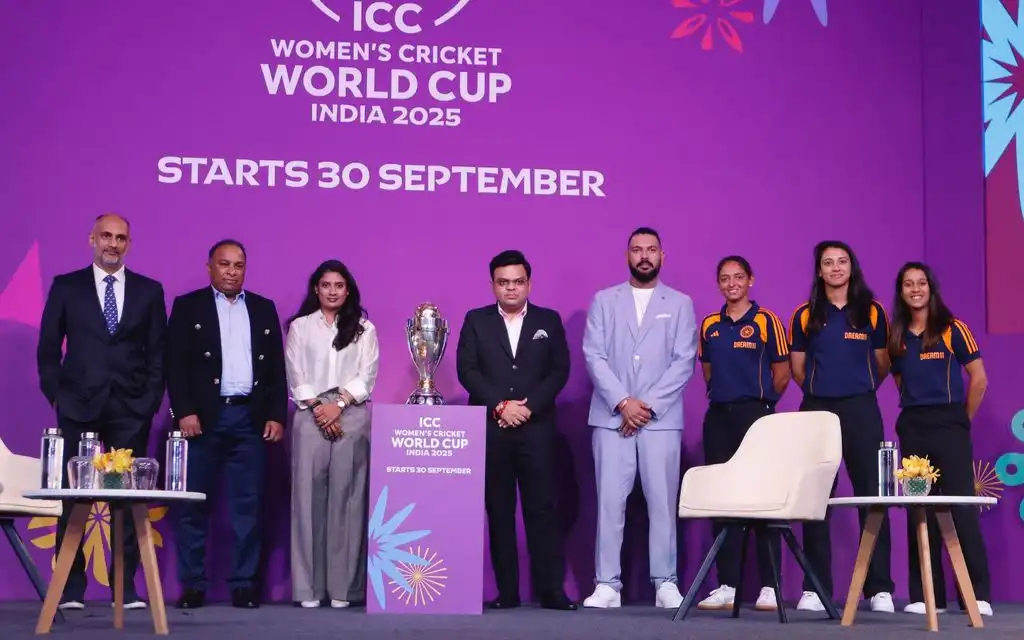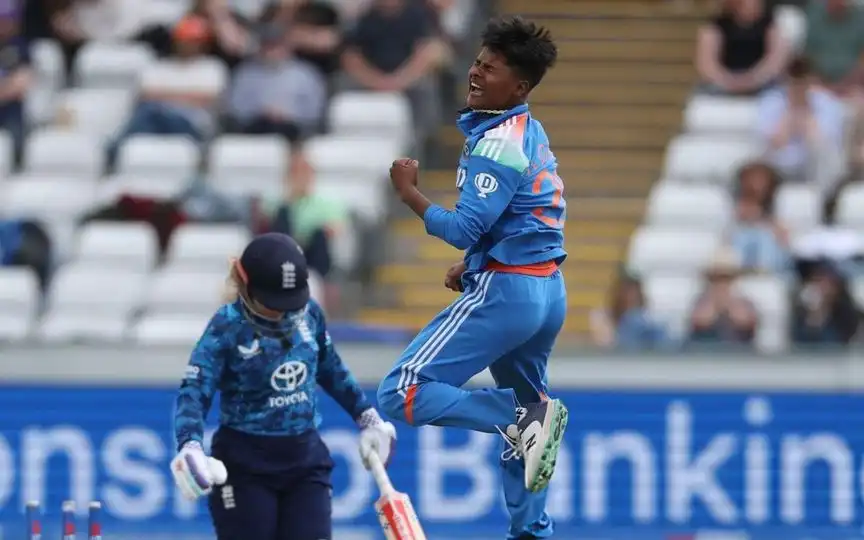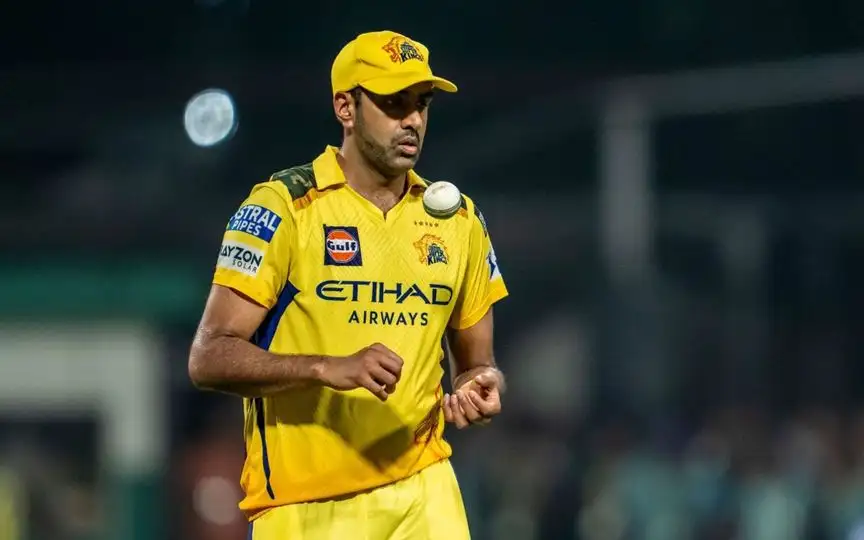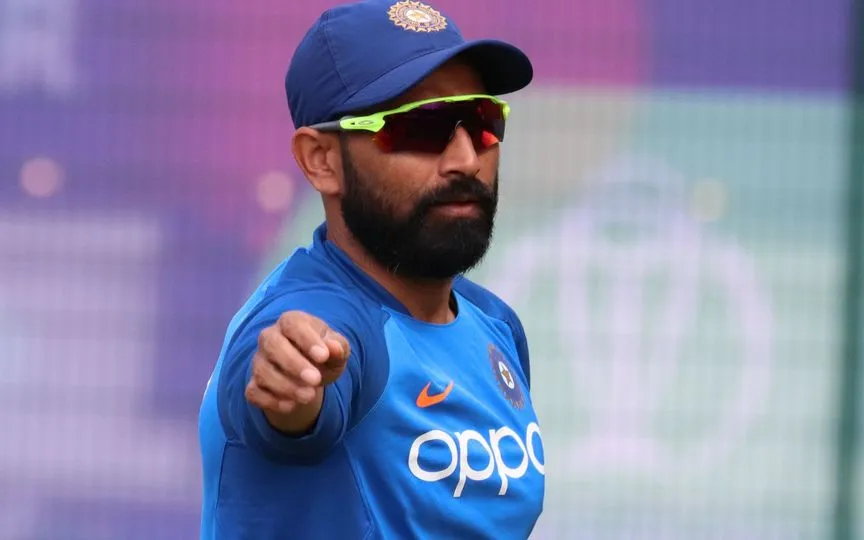 Women's World Cup 2025 Trophy (Source:@BCCIWomen/X.com)
Women's World Cup 2025 Trophy (Source:@BCCIWomen/X.com)
In the cricketing calendar, the men's ODI World Cup has long been considered as the apex multi-nation tournament, and the excitement around the event has always been sky-high.
What Is The Value Of Women's World Cup?
Ideally, the Women's ODI World Cup should also hold the same stature, especially when Test cricket is almost non-existent in the ladies' game. However, despite some great progress over the last decade in the promotion of women's cricket, the fact remains that there is still a huge gap in the popularity and other aspects between men's and women's cricket.
This gap is comparatively smaller in countries like Australia and England, two crucial members of the big three in world cricket. However, the third member, India, the superpower of world cricket, seems to be in a tricky position when it comes to women's cricket.
India's Chance To Take Women's Game To The Next Level
The BCCI has taken some bold steps in the recent past, like equal pay for both men and women cricketers, and has vowed to start multi-day domestic matches as well. The WPL has also taken off, and the visibility of the women's game is currently at a level never seen before in India.
Thus, the Women's World Cup 2025 is an opportunity for the richest board of the country to create a new legacy and inspire a generation of young girls to take cricket as their profession. It is also a golden chance to attract the attention of the general public and try to reduce the huge popularity gap between men's and women's cricket in India.
Men And Women's Cricket In India - The Tragedy Of Priorities
Sadly, though, even before the start of the tournament, the BCCI, through its choice of venues, has put the Women's ODI World Cup in a category that seems inferior to the men's game. Originally, the M. Chinnaswamy Stadium in Bengaluru, the Holkar Stadium in Indore, Barsapara Cricket Stadium in Guwahati and the ACA-VDCA Cricket Stadium in Visakhapatnam were the venues in India for the World Cup.
The stampede issue in Bengaluru has forced the BCCI to replace Chinnaswamy with the D.Y. Patil Stadium in Navi Mumbai. The question here is, what is the problem with the choice of venues? Let's try to find out.
Firstly, India hosted the 2023 Men's ODI World Cup, and the venues for the tournament included the major cricketing centres in the country. Such was the competition that many historically important venues were left out of the list.
The priority was clear - select the best possible venues with rich cricketing heritage and facilities for a mega tournament like the World Cup, and rightly so. If a country is hosting a world event, it would like to provide the best possible experience for players, fans, and all stakeholders involved.
No Big Venues For Women's Cricket, Why?
Two years later, for the Women's ODI World Cup, a tournament billed as the biggest in women's cricket, the same BCCI has taken a completely different approach.
The cities like Guwahati, Indore, and Visakhapatnam, which are considered as secondary venues, mainly used for bilateral rotation, have been named as locations for the World Cup. Chinnaswamy was the only one with a renowned international stature, and with it gone too, the BCCI opted for D.Y. Patil, an alternative stadium for the iconic Wankhede Stadium.
What is the message BCCI or ICC is sending to world cricket by hosting the premier women's tournament in second-string venues of the country? Yes, India, unlike other cricketing countries, is a huge nation with a lot more international grounds. However, not giving women cricketers the right to play World Cup matches at iconic and big venues like Wankhede, Eden Gardens, M. Chidambaram, Arun Jaitley Stadium, and the Narendra Modi Stadium seems to be an idea based on the vertical inequality in Indian cricket.
Superpower India And Its Reluctance To Take Inspiration From England, Australia
The men get the chance to play at the most iconic grounds, while the women's teams need to be satisfied with second-string stadiums. The final of the Women's ODI World Cup 2017 was held at Lord's, London, while the 2020 Women's T20 World Cup final in Australia was at the MCG, where almost 100000 people were in attendance.
Those two finals turned out to be historic for the women's game, and it made the cricketing world take notice of the progress of women's cricket. India too had the same chance to make a statement and at least give the knockout games to big venues like the Narendra Modi Stadium, the Wankhede Stadium or Eden Gardens.
However, despite Chinnaswamy going out of the picture, people in power decided to go with D.Y Patil. Even the argument of promoting games in interiors by choosing tier-2 cities doesn't hold true in D.Y Patil's case, a stadium situated just a few km away from the iconic Wankhede Stadium.
Thus, here lies the big difference between countries like England, Australia and India. The women's game in England and Australia is at a higher level because its society and power-holders treat the men's and women's cricket as equal. Yes, there is disparity there too, but it is far less than in a country like India.
Choice Of Venues, A Reflection Of Indian Society
The BCCI's decision to choose second-string venues for the Women's World Cup is just an external reflection of the deep disparity in the men's and women's game in India. On one hand, India is a superpower of world cricket, boasting high-class cricket infrastructure, while on the other hand, its women's team is still struggling to get a chance to play in the country's iconic stadiums.
This World Cup was the BCCI and India's chance to create a new legacy and set an example for future generations to follow. Sadly, the richest board in the world has failed to escape the shadow of society in which it resides.
.jpg)





